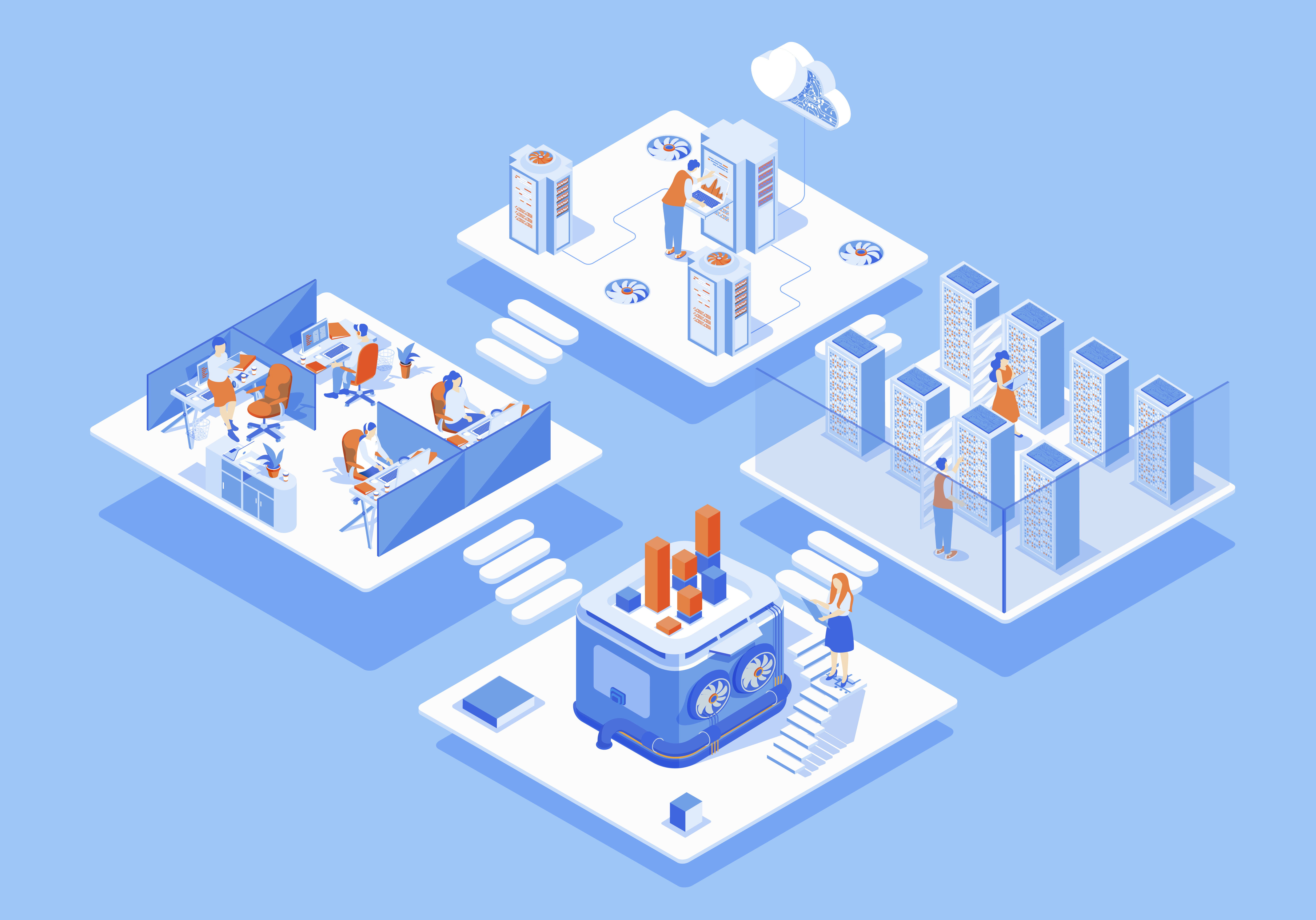Top Causes of Data Center Outages and How You Can Reduce Risk
Outages are less common than they once were, but when they happen, the impact is severe. According to the Uptime Institute Global Data Center Survey 2025, half of data center operators reported at least one impactful outage in the past three years, and one in ten of those caused a serious or severe disruption. The financial risk is just as significant. 20% of operators said their most recent outage cost more than $1 million when accounting for downtime, recovery, and reputational damage.
The data shows that even as resiliency improves, the stakes are rising. To minimize risk, operators need to understand the leading causes of outages and what practical steps they can take to prevent them.
Source: Uptime Institute Global Data Center Survey 2025
Top Causes of Data Center Outages
According to Uptime’s survey findings, the top contributors to data center outages in 2025 were:
- Power failures. Power issues account for nearly half of outages, making them the single biggest threat. Most stem from problems with the uninterruptible power supply (UPS), transfer switches, or generators. While investments in redundancy and software-based resiliency are helping, aging grids and renewable energy variability continue to challenge operators.
- Network failures. Complex, multi-vendor environments make it difficult to pinpoint failures, and small errors can cascade quickly. Latency, misconfigurations, and third-party carrier issues often play a role.
- IT systems failures. Failures in servers, storage, or applications—often linked to configuration mistakes or patching problems—can ripple through dependent systems.
- Security-related incidents. Cyberattacks are an obvious factor, but misconfigured security tools and flawed incident response processes are also common culprits. As IT and operational technology converge, these risks are harder to contain.
- Fire and fire suppression events. While actual fires are rare, accidental discharges of suppression systems have become a bigger problem as adoption of these systems grows.
- Other causes. A smaller share of outages stemmed from colocation provider issues, third-party failures, or unknown causes. These highlight the importance of supply chain resilience and strong provider SLAs.
Why Data Center Outages Persist
If outage frequency is declining, why do disruptions continue to cause so much damage? The answer lies in the growing complexity of data center operations and the environment they run in.
- Interdependent systems. Power, cooling, IT, and security are tightly integrated. A fault in one layer can cascade through the rest, making root cause analysis difficult and downtime more likely.
- Staffing and skills gaps. Many operators report challenges in hiring or retaining qualified staff. Shortages in operations management and skilled trades increase the chance of errors and slow down recovery.
- External pressures. Factors outside the operator’s control, such as extreme weather, grid instability, and geopolitical disruptions, are increasing in frequency and severity.
- Expanding workloads. AI and other high-density applications place new stress on power and cooling systems, raising the margin for error.
These forces mean that even as infrastructure design improves, risk is diversifying. Outages are becoming less about failed equipment and more about people, processes, and external factors.
Using DCIM to Reduce the Risk of Data Center Outages
Even with strong infrastructure, outages can still happen because modern data centers are increasingly complex. Redundancy, high-density equipment, and interdependent systems reduce risk, but they don’t eliminate it. The key to protecting uptime is visibility into your entire data center infrastructure and understanding how a single issue could cascade across your environment.
That’s where Data Center Infrastructure Management (DCIM) comes in. With DCIM, in a single pane of glass, you can plan, provision, model, track, and monitor all your infrastructure across sites—giving you the visibility and insights needed to make better decisions to maintain uptime.
With DCIM software, you can:
- Respond quickly to device failures. Know when a device goes down, see which systems are affected, and take corrective action before issues escalate into big problems.
- Mitigate the risk of power issues. Identify unbalanced three-phase power, sudden load shifts between device power supplies, or racks nearing capacity thresholds so you can redistribute loads, maintain redundancy, and avoid circuit breaker trips.
- Manage cooling and environmental risks. Use 3D thermal maps and ASHRAE cooling charts to visualize hot spots or racks operating outside safe temperature and humidity ranges before they cause a risk to uptime.
- Validate failover plans. Simulate power failures and test “what-if” scenarios to confirm if your critical IT systems will stay operational during an outage or equipment failure.
Real-World Examples
These examples show how organizations use DCIM to detect issues early, respond quickly, and keep critical systems running.
- World Bank. “We want to get alerts from power strips and UPSs in the country offices and have those alerts create tickets within ServiceNow as incident tickets that go to our NOC so that they can determine the issue, criticality, and who needs to be contacted.” Read the case study.
- Large software company. “If something fails, we know quicker than the facilities team. We also know if a site is approaching 80% of its power capacity so we can either build or scale back and figure out how to decommission.” Read the case study.
- Large healthcare organization. “You can catch an incident before it becomes a disaster. You can actually pinpoint an issue fairly quickly.” Read the case study.
Bringing It All Together
Outages are becoming less frequent but more expensive, and power is still the number one cause. At the same time, risks are diversifying, with many potential threats contributing to costly downtime.
Reducing this risk requires real-time visibility, accurate data, and strong processes to act quickly and prevent failures before they occur. That’s where DCIM makes the difference. By modeling your environment and monitoring what’s happening in it, it helps you detect problems early, respond faster, and maintain uptime.
Ready to see how Sunbird’s DCIM solution can reduce the risk of outages in your data centers? Get your free test drive now.






























